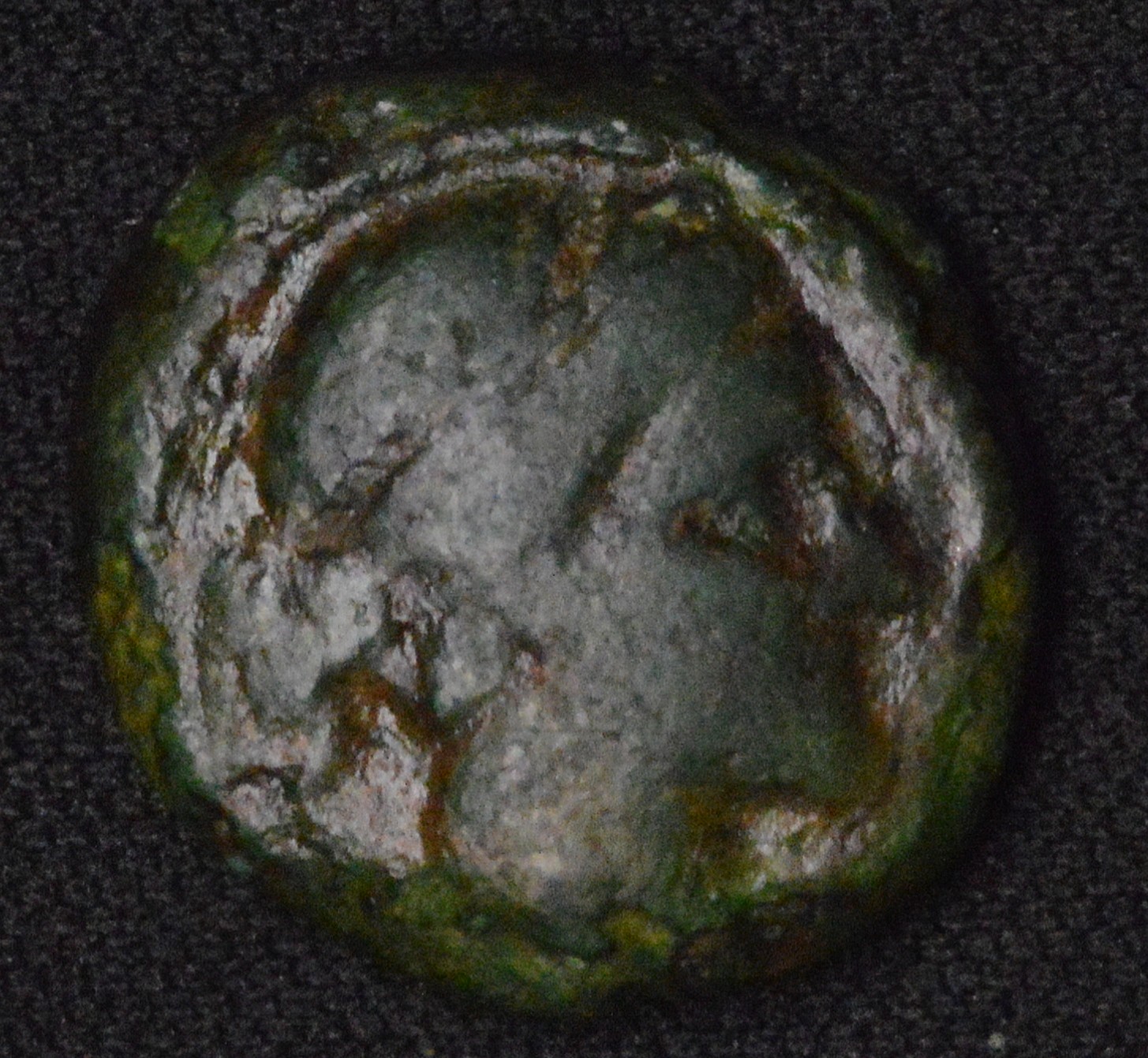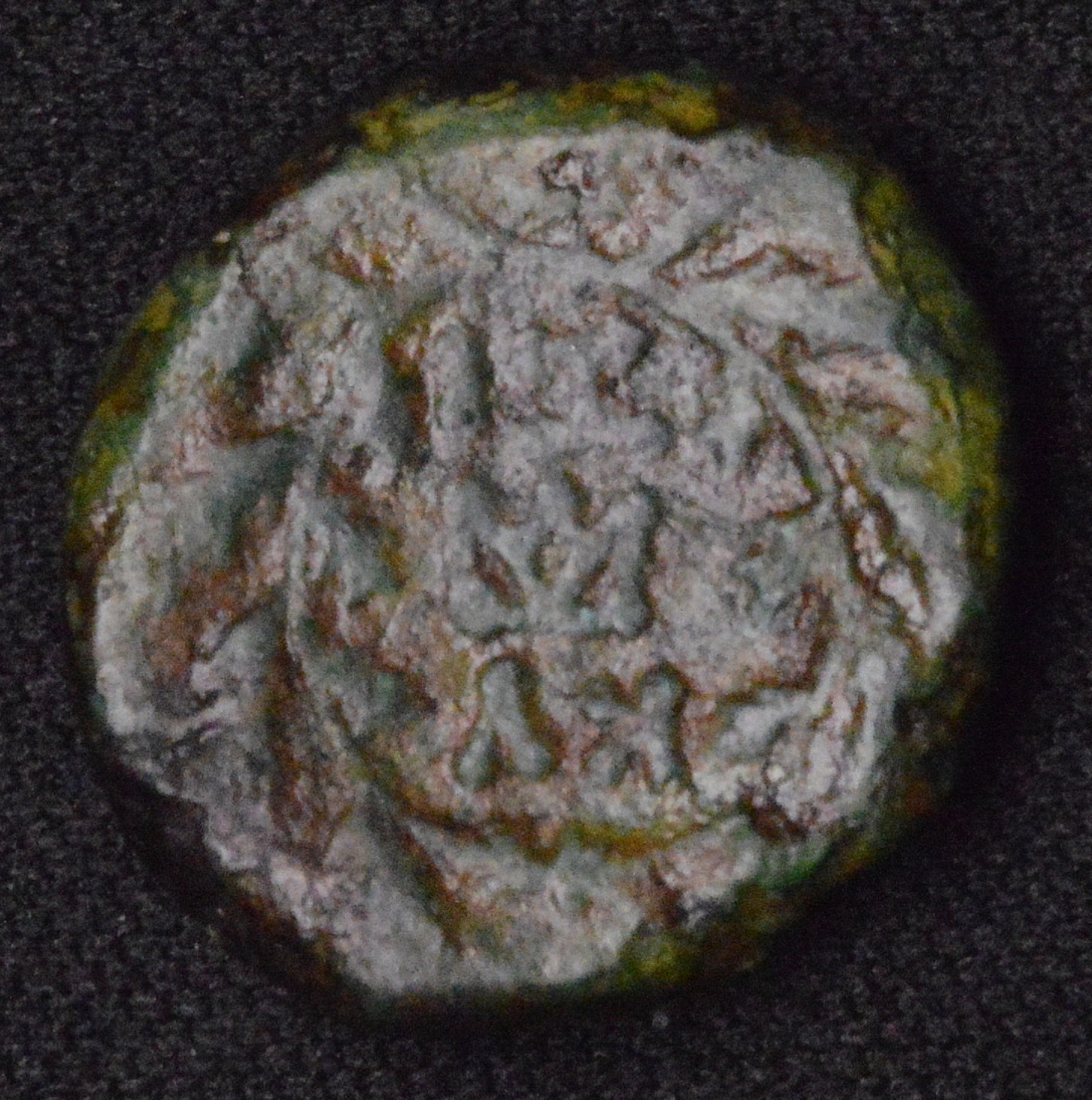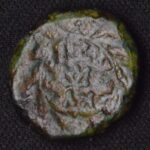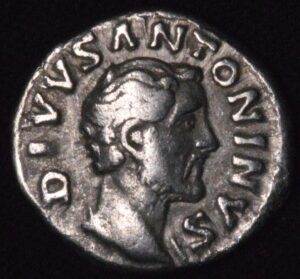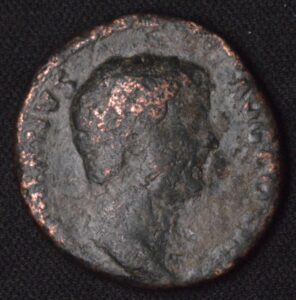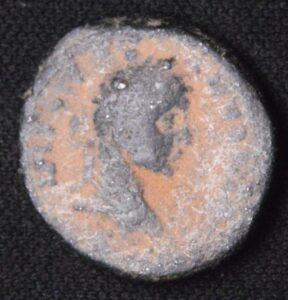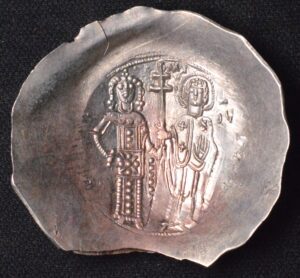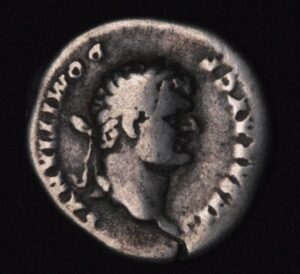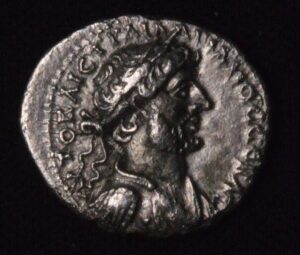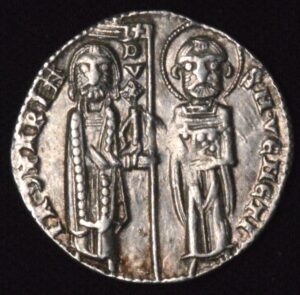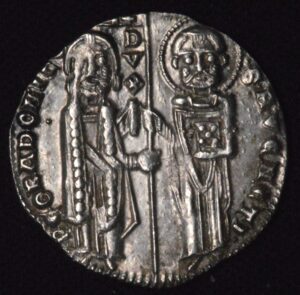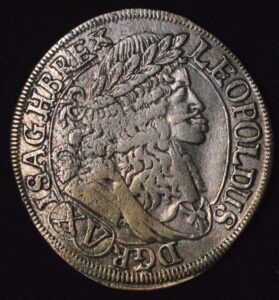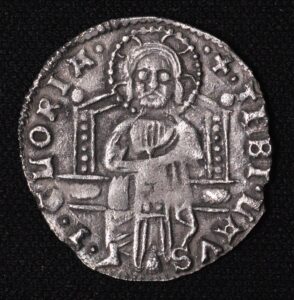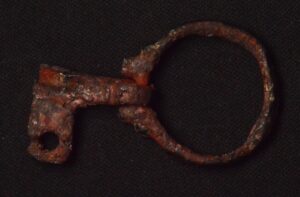Description
The Mysia, Kyzicus coin from the 2nd century BC featuring the head of Kore and KY-ZI monogram is an attractive and affordable example of ancient Greek small change. Struck in the Greek city of Kyzicus (Cyzicus) in northwestern Asia Minor (modern-day Turkey), these coins offer collectors an accessible piece of Hellenistic art and history.
The obverse of this bronze coin typically depicts the wreathed head of Kore (Persephone), a significant figure in Greek mythology known as the goddess of spring and the underworld. The detailed portrait, though often small, is striking, and is accompanied by a graceful diadem or wreath of grain ears to emphasize her role as a fertility deity.
On the reverse, coins of this type commonly display the inscription KY-ZI—an abbreviation for Kyzicus—sometimes arranged around symbols or a monogram. The reverse imagery may include a tripod, referencing local religious practices and the city’s renowned oracle at Didyma, or other symbols significant to the community of Kyzicus.
A recently sold example in circulated condition was described as having a natural green and red sand patina, enhancing its historic character and visual appeal. Such patinas are valued by collectors as evidence of ancient burial and authenticity, lending the coin a unique and appealing appearance.
Coins from Kyzicus with Kore’s portrait and city monogram are popular among collectors for their affordable price, distinct iconography, and clear historical context. They make excellent starter pieces for ancient Greek collections, with specimens frequently found in the $10–20 range depending on condition and eye appeal.
The obverse of this bronze coin typically depicts the wreathed head of Kore (Persephone), a significant figure in Greek mythology known as the goddess of spring and the underworld. The detailed portrait, though often small, is striking, and is accompanied by a graceful diadem or wreath of grain ears to emphasize her role as a fertility deity.
On the reverse, coins of this type commonly display the inscription KY-ZI—an abbreviation for Kyzicus—sometimes arranged around symbols or a monogram. The reverse imagery may include a tripod, referencing local religious practices and the city’s renowned oracle at Didyma, or other symbols significant to the community of Kyzicus.
A recently sold example in circulated condition was described as having a natural green and red sand patina, enhancing its historic character and visual appeal. Such patinas are valued by collectors as evidence of ancient burial and authenticity, lending the coin a unique and appealing appearance.
Coins from Kyzicus with Kore’s portrait and city monogram are popular among collectors for their affordable price, distinct iconography, and clear historical context. They make excellent starter pieces for ancient Greek collections, with specimens frequently found in the $10–20 range depending on condition and eye appeal.
The Mysia, Kyzicus coin from the 2nd century BC featuring the head of Kore and KY-ZI monogram is an attractive and affordable example of ancient Greek small change. Struck in the Greek city of Kyzicus (Cyzicus) in northwestern Asia Minor (modern-day Turkey), these coins offer collectors an accessible piece of Hellenistic art and history.
The obverse of this bronze coin typically depicts the wreathed head of Kore (Persephone), a significant figure in Greek mythology known as the goddess of spring and the underworld. The detailed portrait, though often small, is striking, and is accompanied by a graceful diadem or wreath of grain ears to emphasize her role as a fertility deity.
On the reverse, coins of this type commonly display the inscription KY-ZI—an abbreviation for Kyzicus—sometimes arranged around symbols or a monogram. The reverse imagery may include a tripod, referencing local religious practices and the city’s renowned oracle at Didyma, or other symbols significant to the community of Kyzicus.
A recently sold example in circulated condition was described as having a natural green and red sand patina, enhancing its historic character and visual appeal. Such patinas are valued by collectors as evidence of ancient burial and authenticity, lending the coin a unique and appealing appearance.
Coins from Kyzicus with Kore’s portrait and city monogram are popular among collectors for their affordable price, distinct iconography, and clear historical context. They make excellent starter pieces for ancient Greek collections, with specimens frequently found in the $10–20 range depending on condition and eye appeal.
CUSTOMER FEEDBACK







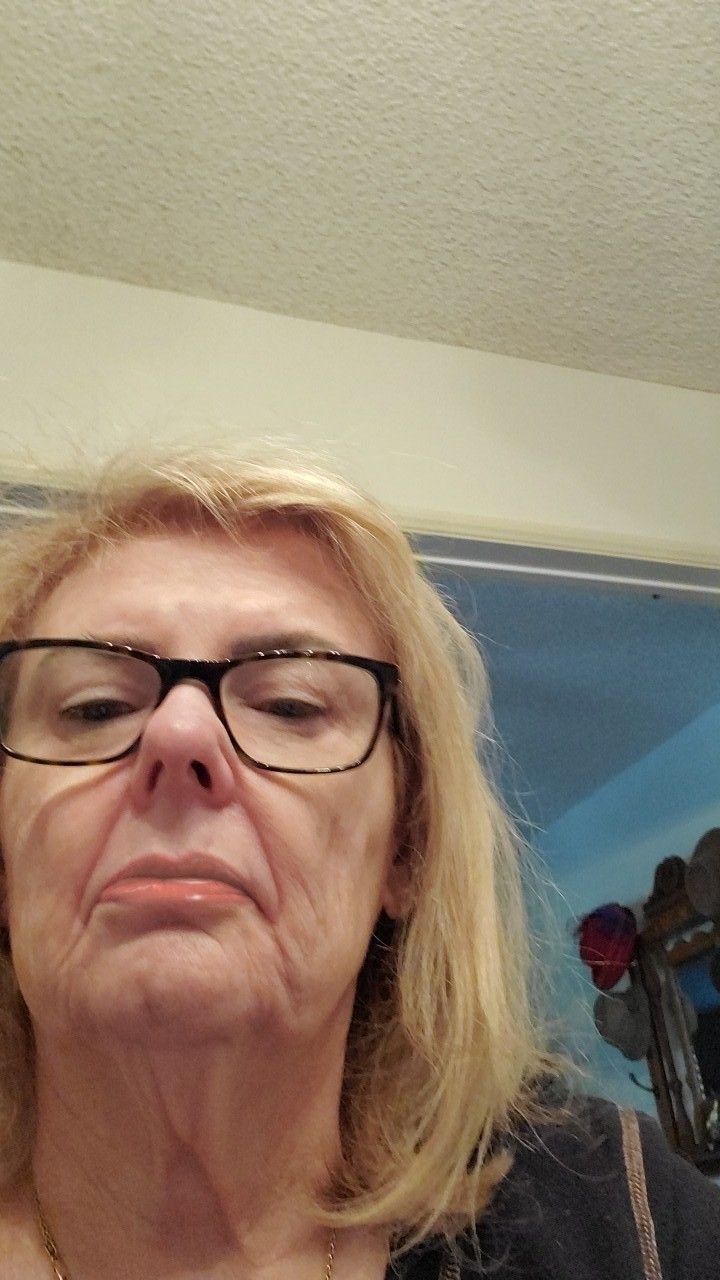
Related Products & Newly Released!




SHIPPING POLICY
Your order is shipped from the United States with USPS tracking within one business day.
14 Day Return Policy
You can return your item back within
14 days of the purchase

Secure payments
Your payments are 100% secure and are processed through Square or PayPal on a protected security network.
SHIPPING POLICY
FREE International and Domestic (United States) shipping. Your order is shipped with USPS tracking 24 hours after you order.
14 Day Return Policy
You can return your item back within
14 days of the purchase

Secure payments
Your payments are 100% secure and are processed through Square or PayPal on a protected security network.
RESOURCES
support
Get Real Deals!
Sign up now to receive our articles for the latest insights and promotions!
RESOURCES
support
Get Fresh Articles!
Signup our newsletter to get update insight or promotions.


